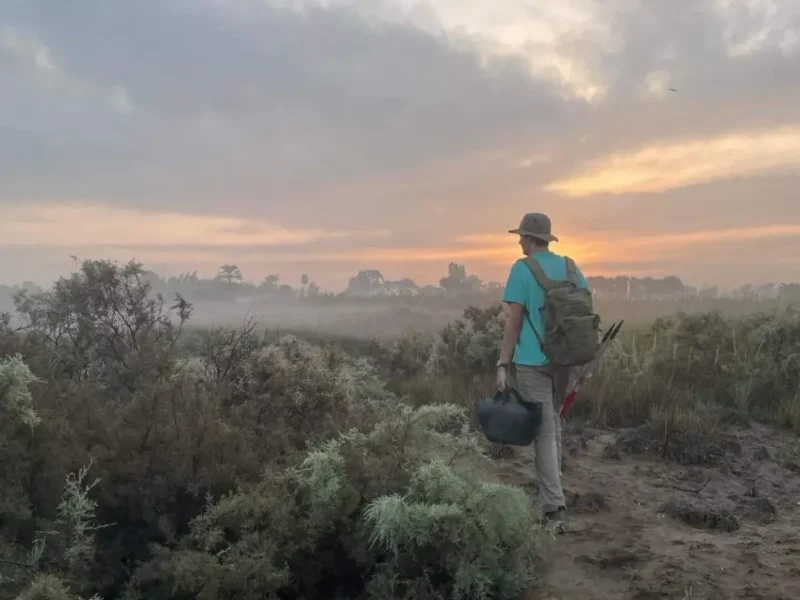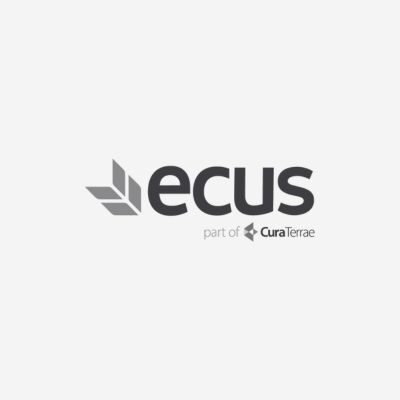Daniel Elcoat is a Project Archaeologist at Ecus's Barnard Castle office. Over the summer of 2022, he spent several weeks working on an archaeological excavation in Egypt.
“In 2022 I was lucky enough to join Dr Penelope Wilson of Durham University for a season of archaeological fieldwork in the Nile Delta in Egypt.
It was a fantastic opportunity to experiment with a range of skills at sites that are completely different from those in the UK.
One of my first tasks upon arrival in the Nile Delta was to supervise a number of auger surveys at sites in the region. I collaborated with local workers and representatives of Egypt’s Ministry of Tourism and Antiquities to record sediment cores from several locations. We recovered the cores, some over five metres deep, from the edges of ancient settlements, which showed us the history of occupation at each location as well as geomorphological aspects of the landscape; one piece of pottery from one site was more than a thousand years older than the site’s main phase.
After finishing the auger surveys, I joined the rest of the team excavating an ancient food storage/processing room and associated structures near the modern town of Sa el Hagar. This was once Egypt’s capital during the 26th Dynasty (more than 600 years after Tutankhamun) (1).
I was lucky enough to be given the opportunity to supervise an area during the dig and my favourite feature was a small mudbrick cell to the side of our main storage room. When we began excavating, all that was visible was a single mudbrick in a balk of earth, but before long we found three more walls adjoining this brick, forming a room that was filled with pottery and silt. Its floor was covered with a mysterious white layer, which we believed to be the remains of a mineralised organic mat that once covered the floor. As we excavated, we discovered gaming pieces, fragments of cobra figurines, a flint tool and a piece of inlaid wood, providing evidence of the activities of the ancient people who worked here.”
What I loved about this area was how clearly we could reconstruct its formation based on the evidence. There was a clear sequence of construction, abandonment and at least two phases of reuse which told a fascinating story of the history of this site.
We would excavate every day from 6am until just before midday, making the most of the cooler, albeit still extremely hot mornings. Each afternoon, we would move to our post-excavation store in the town itself, where we would clean and sort pottery and other finds, and in many cases, attempt to reconstruct whole vessels from hundreds of fragments like a giant jigsaw puzzle.
Overall, it was extremely exciting to work on an archaeological site in Egypt. I got to practice skills that I had learned with Ecus and develop my confidence in both excavation and supervision. I hope that in the future, I can return to Egypt and develop even further!
For more information on the Sais Project.
Bibliography
Egypt Exploration Society, (no date), Sais, The Egypt Exploration Society, viewed 8th January 2023. https://www.ees.ac.uk/sais

